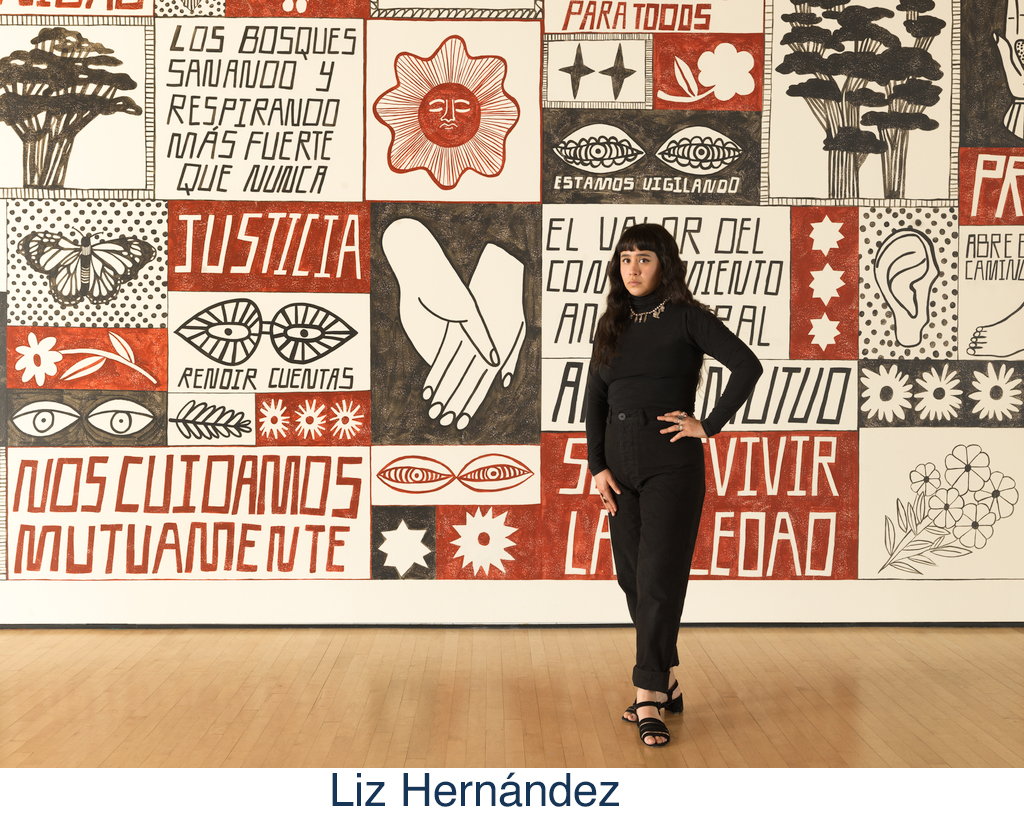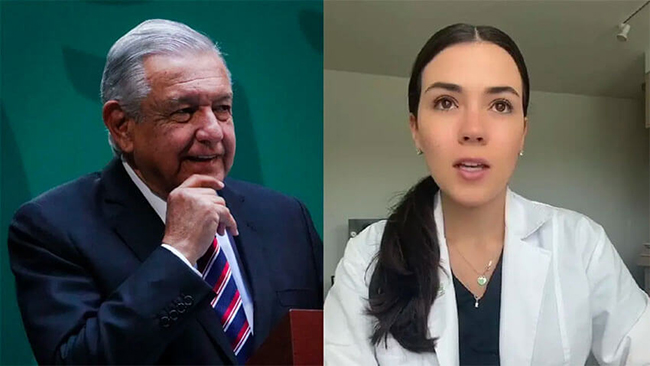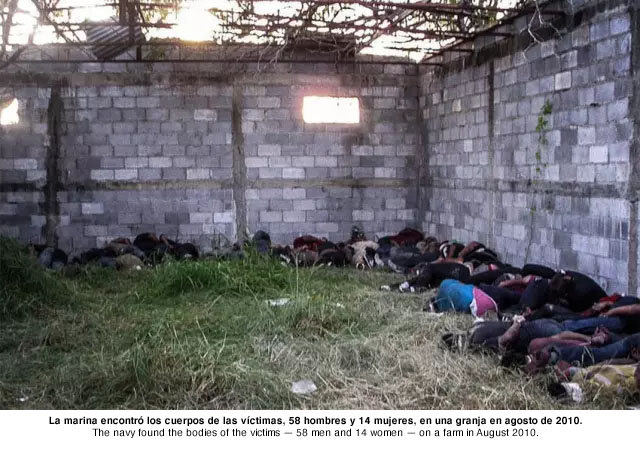by the El Reportero‘s staff
The Mariachi Women Warrior Films program will be available FREE online here at WFF’s Virtual Cinema, through May 25.
Zoom Conversation
On May 24 at 6:30 p.m., Dr. Leonor Xochitl Pérez, Director of the Mariachi Women’s Foundation, will give a virtual talk about how the films selected for this program fit into the broader history of mariachi women. Register here.
Live Music
The Mariachi Women’s Foundation presents its first Northern California Tour, visiting San Jose, Tracy and Watsonville. The Watsonville concert takes place at the Mello Center, Saturday, May 28. Don’t miss it!
A Conversation with Liz Hernández
Reserving First Thursday tickets is highly encouraged for Bay Area residents. For non-Bay Area residents, this event is free with museum admission. Tickets go online two weeks in advance.
Join artist Liz Hernández and Assistant Curator of Contemporary Art Jovanna Venegas for an in-gallery discussion of Hernández’s practice in front of her mural, Conjuro para la sanación de nuestro futuro (A spell for the healing of our future) (2020), part of the ongoing exhibition Bay Area Walls. Hernández completed this work while the museum was closed due to the pandemic, bringing forth symbols and icons from milagros, or miracle charms, to summon a higher power for our community’s health and future.
This conversation will be spoken in both Spanish and English.
Speakers
Liz Hernández (b. 1993) is a Mexico City-born artist based in Oakland, California. Her art practice — which includes painting, drawing, sculpture, and writing — is deeply influenced by her memories and surroundings of Mexico City: buildings covered with handmade signs, chaotic trips to markets, visits to temples and churches, and her grandmother’s house where she grew up. The subjects that she addresses are in a constant state of flux, but an element that is always present in her practice is the search for something that breaks the normalcy of everyday life. Hernández addresses this desire in multiple ways, from finding greater meaning in domestic objects and scenes to using supernatural elements and symbolism to address themes of modern life. Her work, partially autobiographical, has led to collaboration with her family in the shape of very personal research. This inquiry results in constant learning about her environment, family, and herself. She has exhibited in San Francisco, Los Angeles, and Mexico City.
Jovanna Venegas is currently the assistant curator of contemporary art at SFMOMA. She received her BA in Art History from UCLA in 2010 and her MA in Curatorial Practice from the School of Visual Arts in 2017. She worked in the Public Programs Department at the Hammer Museum from 2008–10. From 2010–15, she lived in Mexico City and worked on exhibitions at House of Gaga, Colección Cesar Cervantes, and Eduardo Terrazas Studio. She also assisted on exhibitions at La Tallera (Cuernavaca, MX), Santa Monica Museum of Art (U.S.), and SITE Santa Fe (U.S.). While in New York, she worked on public programs and curatorial projects at e-flux, the Colección Patricia Phelps de Cisneros, Independent Curators International, and the 11th Gwangju Biennial. At SFMOMA she has assisted on New Work: Etel Adnan, New Work: Rodney McMillian, and SOFT POWER. She curated Bay Area Walls: Liz Hernández and co-curated New Work: Wu Tsang Presents Moved by the Motion. She will co-curate Shifting the Silence, opening April 2022, and the SECA Art Award, opening in December 2022.
Related Exhibition Bay Area Walls, Thursday, June 2, 2022 at 6 p.m.
Floor 3, meet in front of Conjuro para la sanación de nuestro futuro. Part of the series: First Thursdays










